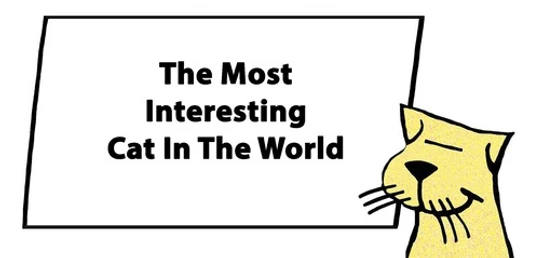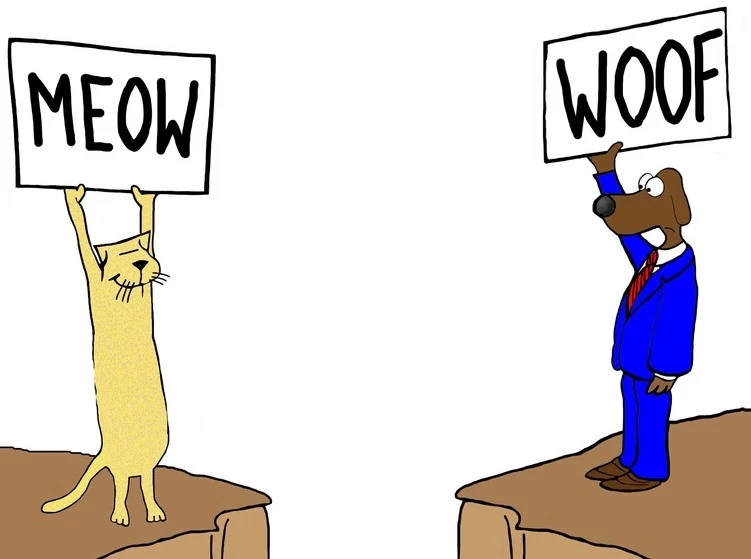This is an awkward time for any of us who work in social media. The last year or so has seen a gradual turning of the tide away from what we thought we knew: that you had to be on Facebook, Twitter, YouTube, Snapchat et al to be noticed, either as personal or marketing brand. I’m not suggesting that the era of social engagement is over, but I am wondering if its irresistible rise is.
After the 2016 election in the USA, there came a growing concern that our very democracies were being eroded by fake news, Russian bots, and the siloing of our opinions. In just the last week, we have seen stories in The Guardian about how the very creators of social media don’t use it because of its inherent dangers, the American tennis player with the appropriate name who went from feel-good story to alt-right pariah in about an hour, and hardly a day goes by without somebody deleting their Twitter account because of harassment, or because they were doing the harassing.
And, in the background, largely because of issues like these, the major platforms are changing how they work. YouTube is under-going a minor crisis over how content creators are paid, because too many advertisements were ending up embedded in inappropriate content, and Facebook is heading towards a major tweak which may see promoted content and brand pages getting fewer eyeballs as the algorithms get shifted in favour of family, friends and pictures of cats.
So, if a major part of your brand’s marketing, PR and/or customer service strategy revolves around social media, should you be worried? Well, yes and no. Clearly, the ubiquity and reach of Twitter and Facebook aren’t going to go away – if for no other reason than brands are their bread and butter too. However, it’s possible that Happy Hour is over, and we are all going to have to work a fair bit harder to get our message out there. And by harder, I mean smarter.

If, for example, Facebook’s issue is that they fear losing users leaving the platform because they see too many ‘witty’ commercial posts, and not enough pictures from Auntie Irene’s holiday, then brands are going to have to work harder to get users to come to them.
People are going to need better reasons to Like and visit brand pages, because they are going to appear in Newsfeeds less often. And merely spamming out more content to try and attract attention almost certainly isn’t going to work. Content is going to have to be better. That way it stands a better chance of being shared.
Realistically, I think, this means you need to have something to say. Don’t be a slave to a message calendar just because you’ve been told in the past how often you need to post to keep people engaged. Give people a better reason to Like, share and visit your page; run attractive competitions and give-aways; be witty, not controversial; worry a little bit less about your brand’s voice, and more about how and when your consumers listen to it.
Oh, and be ready for more of this change. Now, more than ever, you need to be working with creative agencies who don’t just understand social media as it has been, but who get where it might be headed. The disruptors are about to be disrupted, and the social media landscape could be very different by the end of 2018.



 February 13, 2018
February 13, 2018  Share This Post
Share This Post